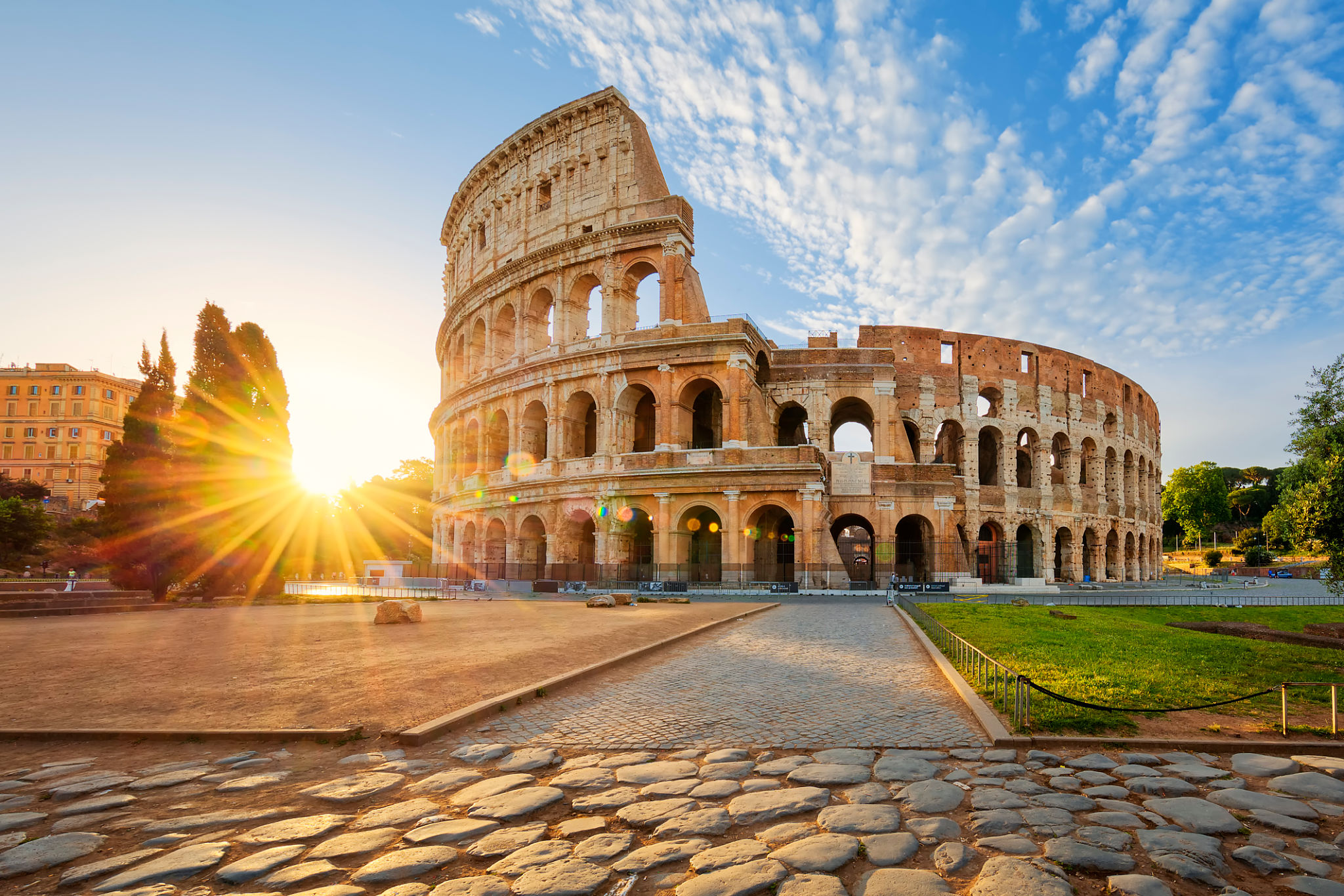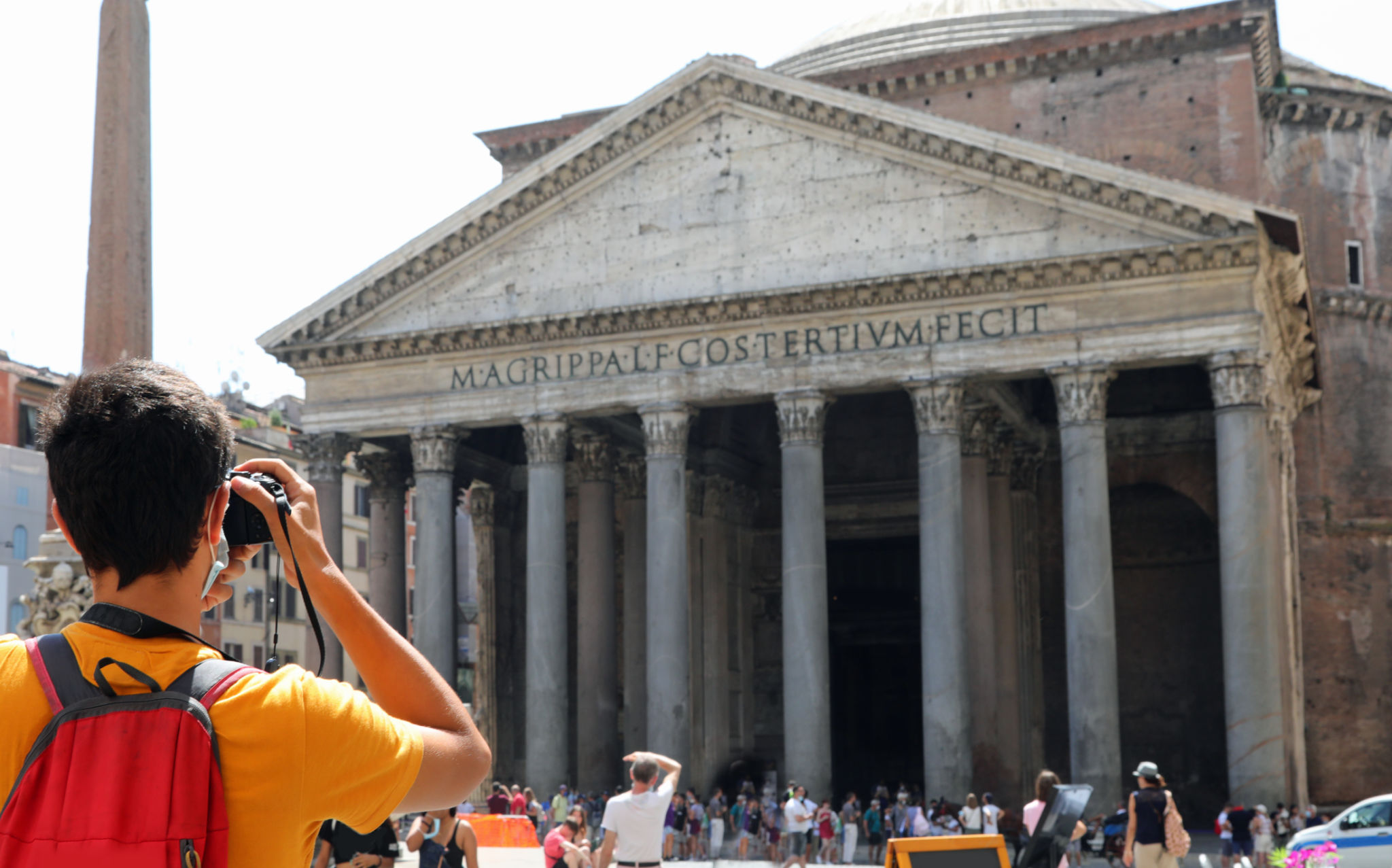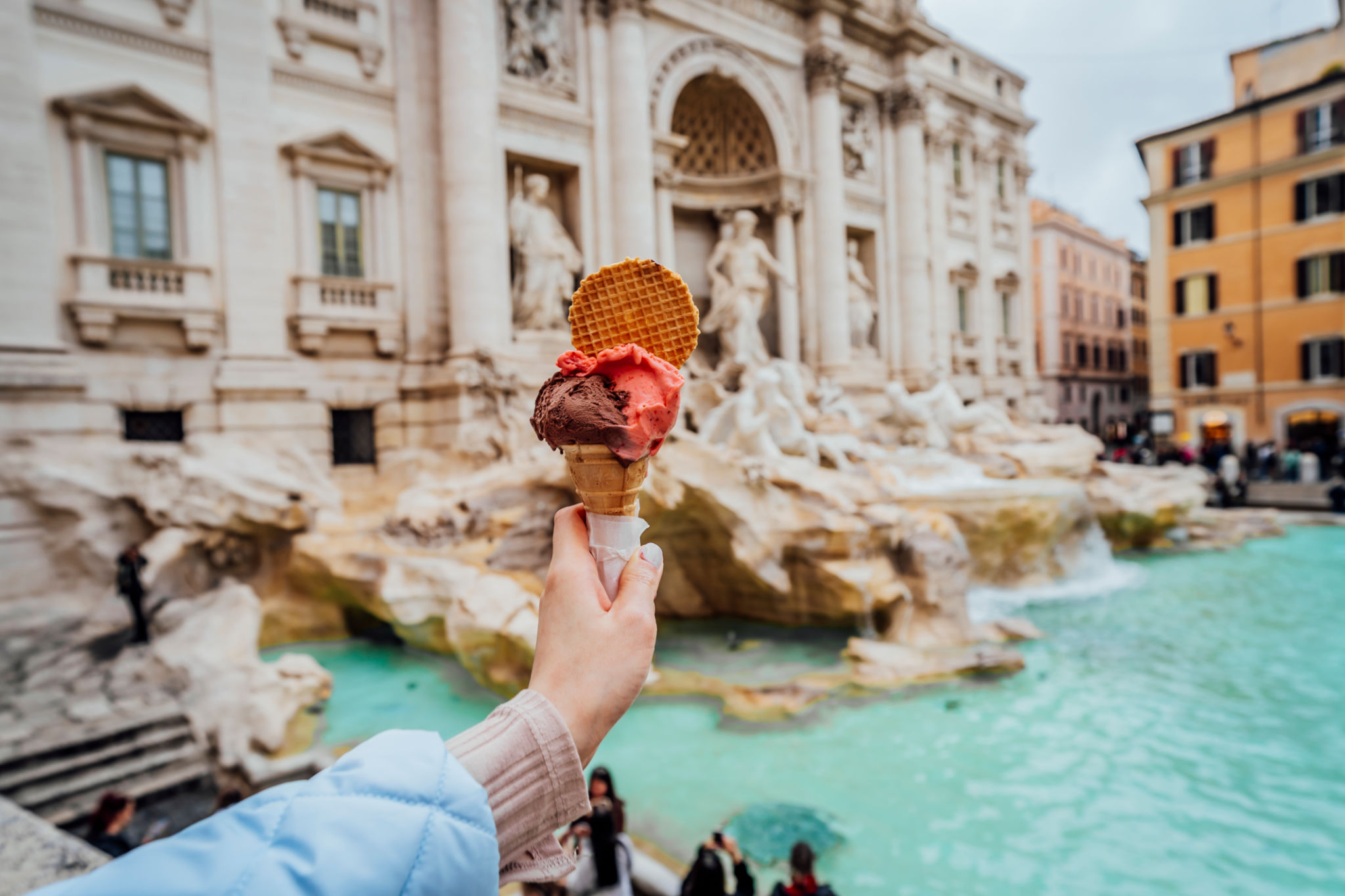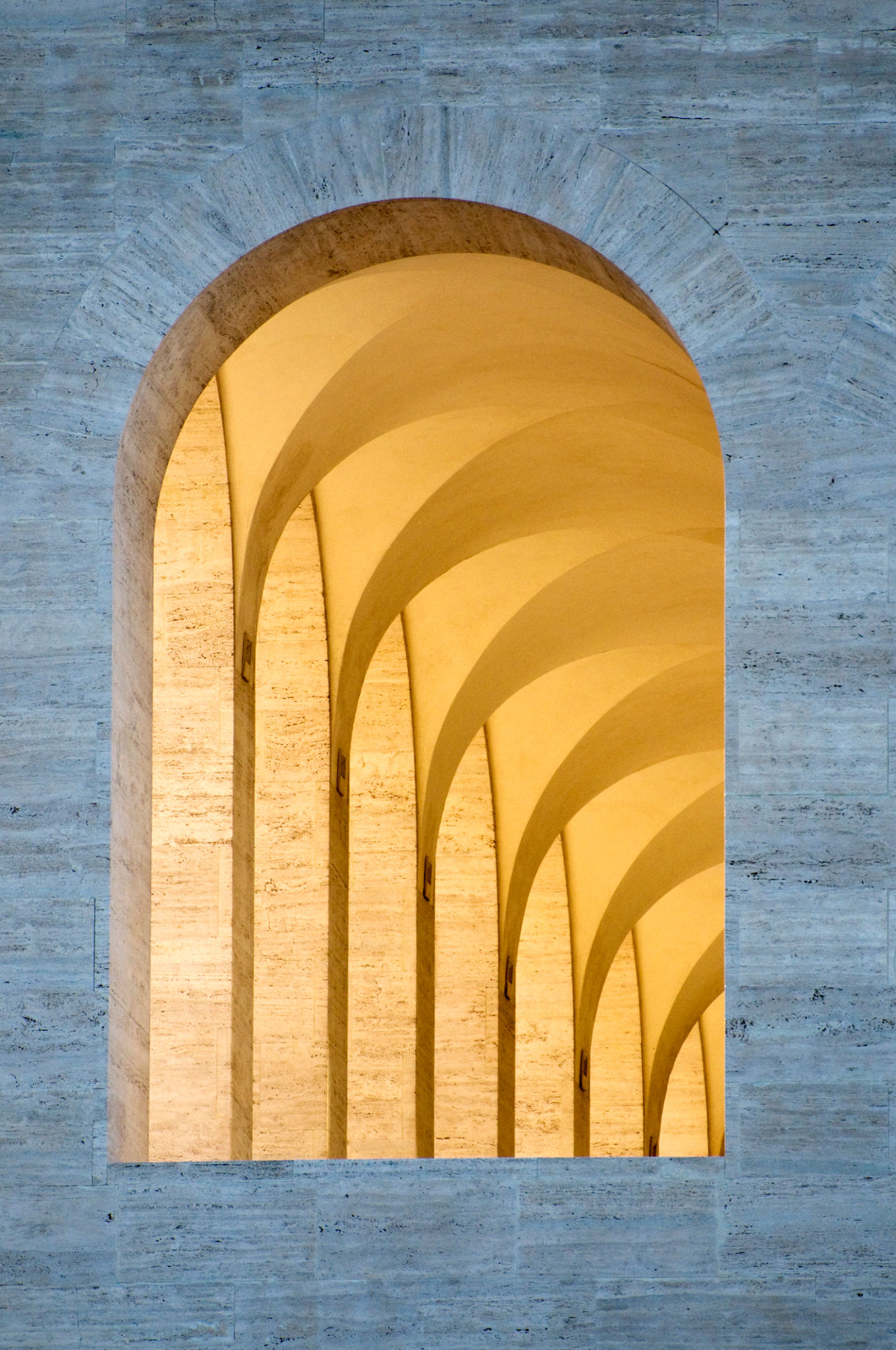Rome Photography: Tips from a Professional Photographer
Understanding the Light
Rome is a city bathed in beautiful, natural light that changes dramatically throughout the day. As a photographer, it's crucial to understand how this affects your shots. In the early morning, the soft, diffused light creates a serene atmosphere perfect for capturing iconic landmarks like the Colosseum or the Pantheon. During the golden hour, just before sunset, you'll find the city drenched in a warm glow that can make your photos truly magical.
One tip is to plan your shooting schedule around these times to maximize the quality of your photos. The midday sun can be harsh, casting unflattering shadows, so it's often best to use this time for exploring or planning your next shots.

Choosing the Right Equipment
When it comes to photography in Rome, less can often be more. With its bustling streets and ancient ruins, carrying a lightweight setup can make your experience more enjoyable. A versatile zoom lens can be invaluable, allowing you to capture wide-angle shots of sprawling piazzas or zoom in on intricate architectural details without having to constantly switch lenses.
Don't forget a sturdy tripod if you're planning on shooting long exposures or night photography. The city lights reflected on the Tiber River can create stunning images, and a tripod will help you keep your camera stable and your shots crisp.

Exploring Unique Angles
Rome is a city full of iconic sites, but capturing them from unique angles can give your photos a fresh perspective. Instead of shooting the Trevi Fountain head-on, try capturing it from a side street or a nearby café to include more of the surrounding ambiance. For the Colosseum, consider shooting from beneath its arches to emphasize its grandeur and scale.
Another approach is to take advantage of reflections in puddles after a rain shower or use nearby windows and mirrors to create interesting compositions. Experimenting with different angles can help you tell a more compelling story through your images.

Embracing the Details
While sweeping vistas and grand structures are a must-capture in Rome, don't overlook the smaller details that tell the city's story. Focus on unique textures like the cobblestone streets, ornate church doors, or the intricate carvings on historical fountains. These details add depth and richness to your portfolio.
Consider creating a series of close-up shots that highlight these elements. This approach not only diversifies your collection but also invites viewers to explore Rome's character through your lens.

Interacting with Locals
Part of capturing the essence of Rome involves photographing its people. Engaging with locals can lead to authentic portraits that convey the city's vibrant culture. Be respectful and ask for permission before snapping photos of individuals. Engaging in a short conversation can break the ice and may even lead to discovering hidden gems known only to residents.
Consider visiting local markets or squares where life unfolds naturally, offering endless opportunities for candid shots that reflect everyday Roman life.

Post-Processing Tips
After your shoot, post-processing can enhance your images and bring out their full potential. Adjusting the contrast and highlights can emphasize Rome's architectural features, while tweaking the white balance can ensure colors remain true to life. When editing, aim for natural enhancements that preserve the authenticity of your photos.
Tools like Lightroom or Photoshop can be particularly useful for fine-tuning details and correcting any imperfections. Remember, subtlety is key; you want your photos to resonate with viewers as genuine representations of what you experienced in Rome.
